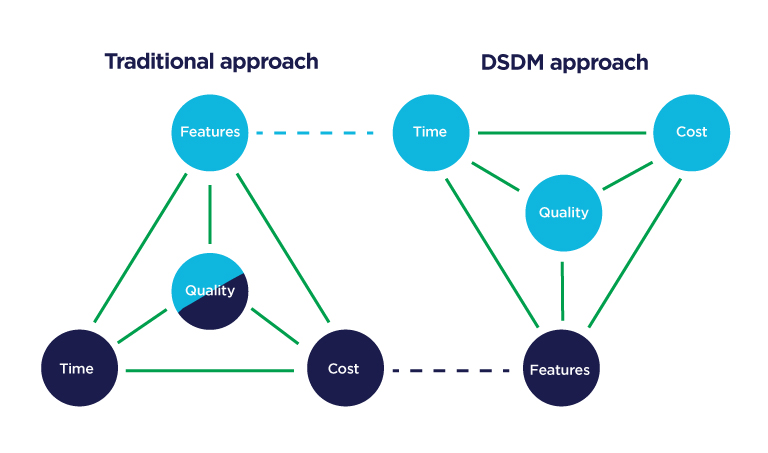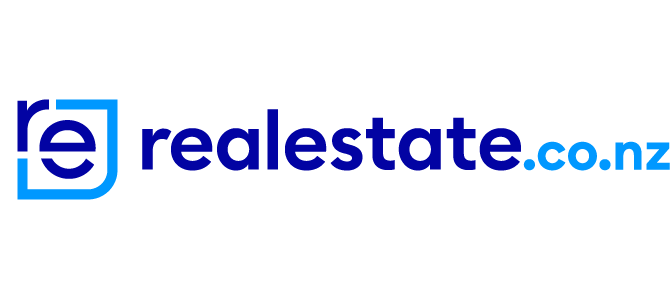At some point in your career, it’s likely that you’ll experience the frustration of dealing with a business project that doesn’t go as everyone anticipated. Business projects can sometimes be like a home renovation in the sense that they are often delivered late, over budget and didn’t quite achieve what all parties expected. So how do we address these issues?
Introducing project management
It is a common misconception that once you have a Project Manager in place, your products will be delivered on time, on budget and bug-free. The introduction of project management is a journey that requires a shift in mind set by the whole organisation. Frameworks such as agile or scrum need be understood and embraced by the company as a whole.
When looking at project management, there are four pieces of the puzzle we have to play with – time, cost, quality and features. Typically companies focus on features they want delivered - the issue here is that as it gets closer to the deadline, the quality of the product is at risk as it’s the easiest thing to cut corners on. Alternatively, to deliver the full suite of features, the budgets and timescales estimated can be blown out.
So what if we took all the factors that can’t be compromised on and ran the project according to them? If we can’t shift on delivery time and we can’t move on budget, we have quality and features left to play with. We should never compromise on quality, so that leaves the features of the product. Depending on your business these factors will shift – for example, delivery time is a big focus for technology companies considering the innovations and the need to get to market quickly, so delivery time will always be prioritised. Think about which factors are most relevant for your business and prioritise accordingly.

Dynamic systems development method (DSDM) is an agile project delivery framework. This model demonstrates the difference between a traditional framework approach and an agile project managed framework.
How to achieve effective project management
There is one thing that makes any approach possible regardless of the framework you choose, and that’s transparency. If a product is delivered missing features originally scoped, as long as all stakeholders are aware no one will be surprised – let’s face it, no one likes surprises when it comes to delivery. All stakeholders need agree on what the minimal definition of a ‘completed’ product is, also known as the minimum viable product.
This is the key to effective project management – transparency. Projects are successful if we agree on what success is before we begin.
As the scrum theology sums up, sound decisions can’t be made if all the facts aren’t known. Scrum relies on transparency. Decisions to optimise value and control risk are made based on the perceived state of the project. If you are lacking in transparency, it is likely that decisions will be flawed based on lack of understanding, increasing the risk of the project not delivering what everyone expects.
Transparency can be achieved in many forms and can be something as simple as a conversation. A trap of project management is to produce lots of needless paperwork. In my experience collaborative conversations achieve a much better result than reams of definitions and processes on paper. Creating a safe environment for discussions to take place is also key – everyone should feel comfortable having their say.
That isn’t to say documentation isn’t necessary. Simply question the use of everything being produced - if it’s purpose is to sit in a folder, question why you are producing it. A good start for this is to ask the stakeholders what information they want, how they want it and how often.
Not to be underplayed however, is the ability to question each product and its purpose, which we see through all project management frameworks. At every stage in a project, you should consider the question: ‘Does this product still fulfill the business objective it was set out to achieve?’
Project management is an ongoing journey
As an organisation, your aim is to be the most effective in the art of facilitating transparent communication between all parties, whilst steering towards company objectives.
The way to achieve best practice project management is to have a Project Manager who is understanding of all areas of the business, is not bias towards one area, who is a great communicator and who can lead the process to get the most out of everyone. They should be familiar with the business strategy, business plan and what the projects are setting out to achieve so that the best outcome is delivered.
Remember that transparency doesn’t occur overnight, but is a journey. We’ve been on this road at realestate.co.nz and have experienced the ups and downs of implementing these processes. While it has been a long time coming, we are beginning to see the results of better planning and project management as we release better products that are delivered as expected for all parties involved.
A realestate.co.nz veteran with 6 years’ experience in various roles, Emma brings unique and diverse insights from all facets of the realestate.co.nz team together. Emma is assisting the business shift from traditional project management frameworks into an agile environment.
28 May 2018

